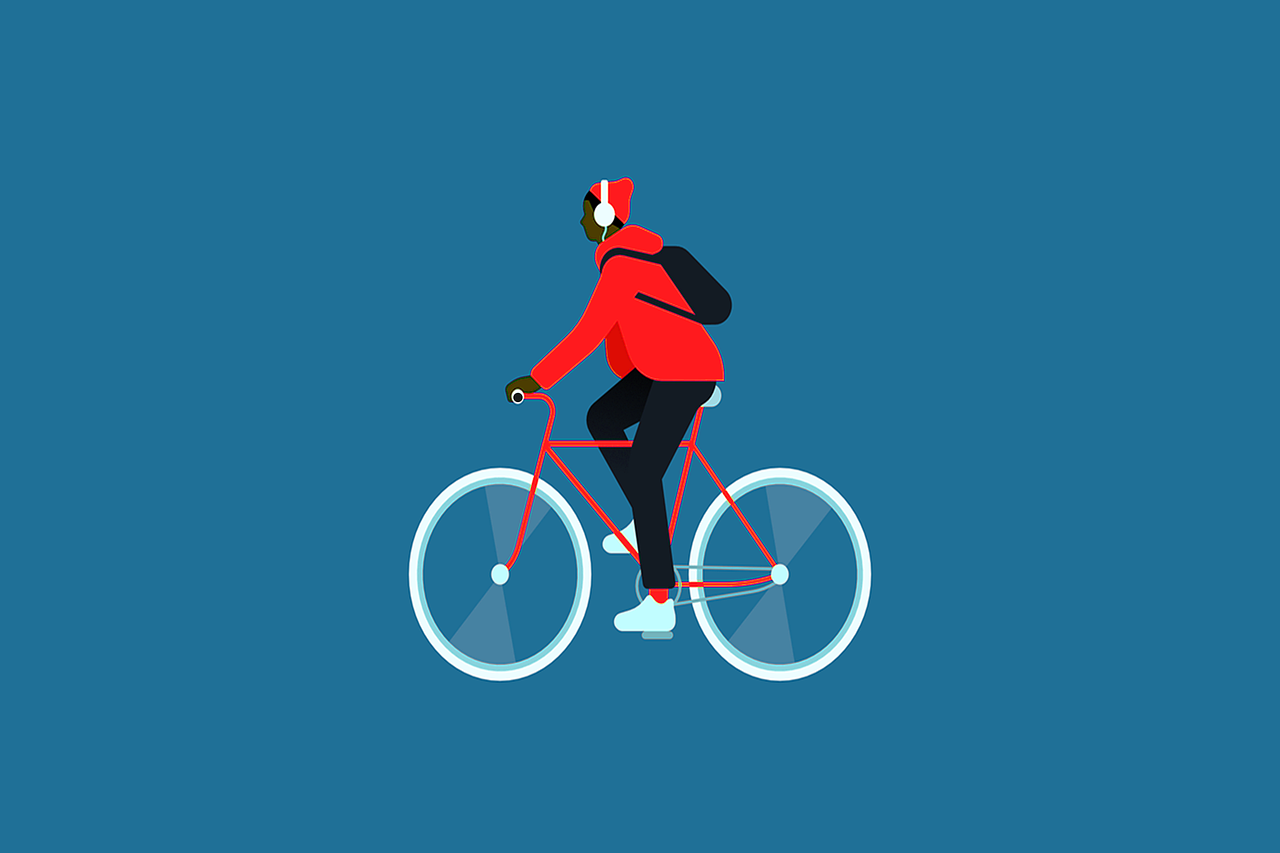How to stop your bike being stolen?
An expert shares 7 top tips
Bike theft is reported to have increased significantly since the start of lockdown – with thieves taking advantage of the spike in demand to supply second-hand websites with low-cost cycles.
To help combat this, specialist cycling insurance expert Cycleplan has compiled top tips and steps you can take to reduce the risk of your bike being stolen.
Cycleplan’s advice comes as part of Pedal Safe, a new campaign that seeks to highlight the risks associated with cycling, alongside educating the public on how to prevent thefts occurring and the importance of having insurance in place if they do.
- Lock it up
Your bike lock is the single most important tool against thieves. It can be tempting to buy a cheap lock – but this is a false economy as you may end up losing far more down the line.
Top tips:
- Don’t just rely on flimsy cable locks – a thief can clip through them in seconds with a pair of shears or even rip them apart.
- Secure the bike to an immovable object.
- When you lock the bike, make sure you do it lower down the frame.
- Make sure the lock goes through the bike frame as well as both wheels and the post you are securing it to. Otherwise, a thief may steal the frame and leave the wheels behind.
- Use two different locks – ideally by different brands. This means the thieves would need two different types of tools and are unlikely to be carrying both. A recommendation on how to lock your bike is attached.
- Get a D-lock (sometimes called a U-lock) with a cable and one with a sturdy chain.
- Park it somewhere safe
If you use your bike for commuting and your place of work doesn’t have a secure bike area, don’t lock it up in the same place every day. Thieves take note of people’s habits and are more likely to target you if you’re securing your bike in the same bike park or railings day after day.
You might not want to park your bike on the street, so? there might be other options such as a secure bike park. Plenty of railway stations have securely covered bike sheds, which also means your bike is protected from the elements while not in use.
- Think about home security
Around half of bike thefts in the UK occur in and around the victim’s home, most often stolen from gardens or passageways between houses and outbuildings. To help minimise the risk of your bike being stolen from under your nose, here are some handy tips to secure it while at home.
- Lock the bike in your home, a shed, garage or steel bike container.
- If you’re locking up in a shed or garage, ensure you use a 5-lever mortice dead lock or a 5-pin padlock to secure the door.
- Even when it’s locked in one of the above areas, secure it to something immovable (such as a ground anchor or even radiator pipes) using a robust “Sold Secure” lock.
- If you don’t have outside space to store your bike, buy a bike stand to secure it flat against a wall inside. You can also buy pulley systems which enable you to secure it to the ceiling or walls.
- Be wary of social media and cycling apps
Limit your privacy settings as much as possible when using social media. It’s tempting to post images of your bike and rides on social media, but thieves can use this information to their advantage.
If you use Strava, the app’s GPS tracks and displays your exact route on the map. If you’ve started from your home, your route will show the precise location of your house and bike.
However, Strava does have the ability to create an exclusion zone around your home, so make sure you use it. Also, if you have synced your Strava account with Instagram, Twitter or Facebook, any images of your ride will be geo-tagged, so avoid posting pictures which could reveal your home address.
- Register your bike
Register your bike on Bike Register, The National Cycle Database. By registering and marking your bike, it makes it a less attractive target for thieves. Plus, if it is stolen and then recovered by police, your bike can be easily returned to you.
It’s free to register your bike, and your details are held on a secure online database, which all police forces in the UK can access. All you need to do is go to www.bikeregister.com, submit your details, mark your bike with the Bike Register security marking kit and then add a warning sticker to deter thieves.
- Take a photo
As long as you keep the images off social media, taking photos of your bike can prove invaluable to the police who are investigating your bike theft.
As soon as you’ve purchased your new bike, take photographs of it, making sure the serial number, make, colour, and distinguishing features are clear. This will not only help the police, but it will also make your insurance claim process a lot smoother.
- Consider specialist bike insurance
For peace of mind, always insure your bike. Don’t assume that your home contents insurance will cover it – specialist cover is likely to provide extra protection against issues such as damage and is a better option for more expensive bikes.

